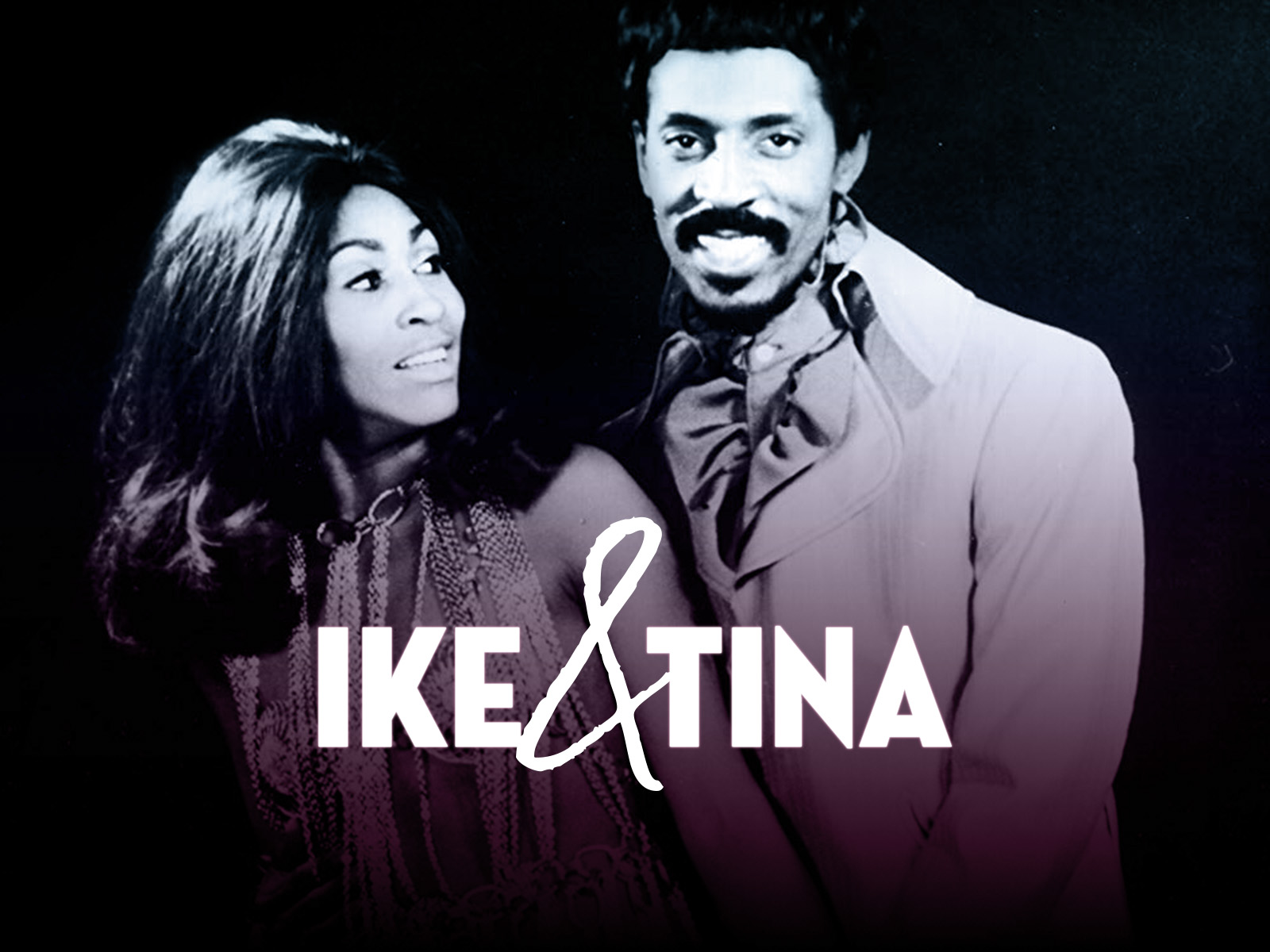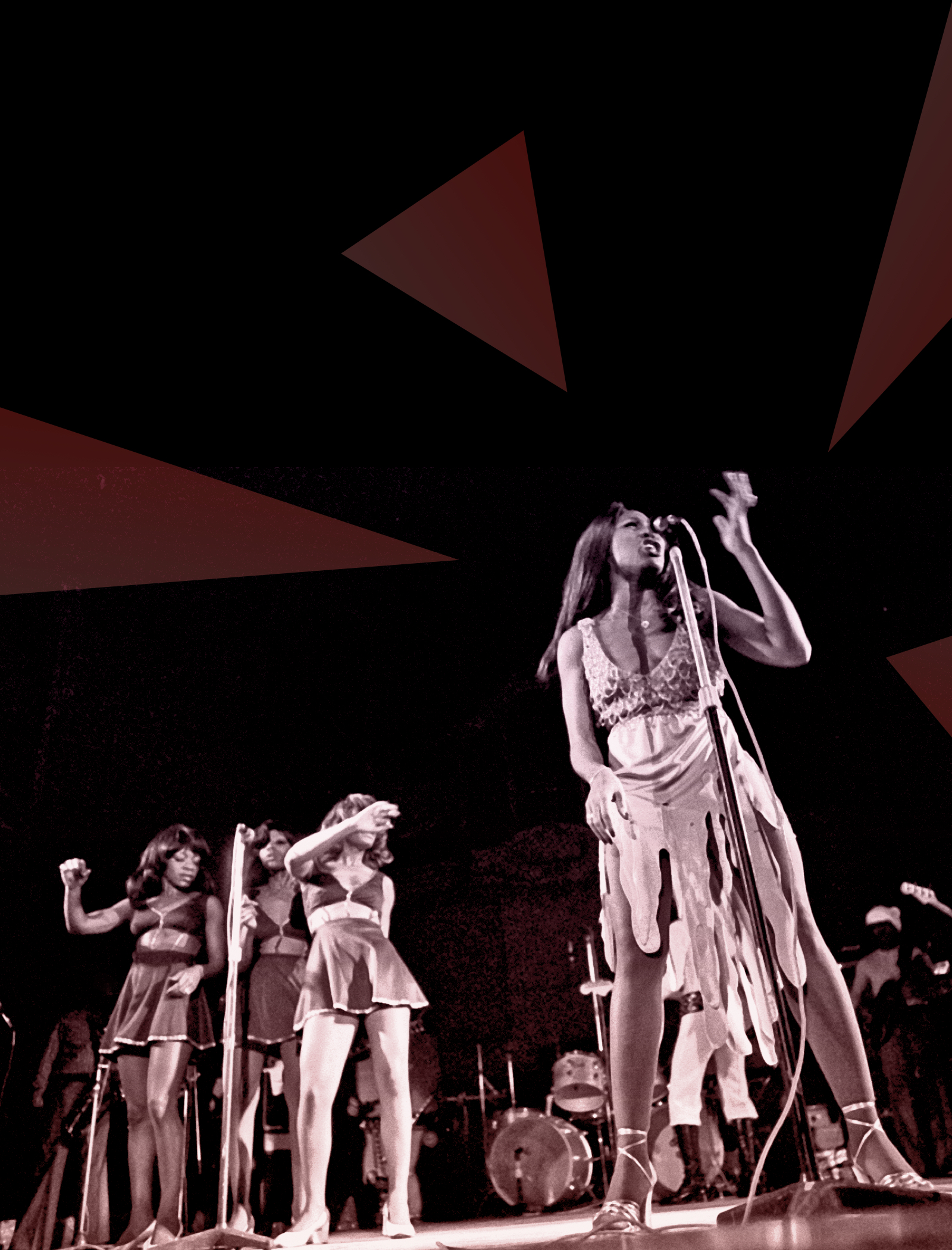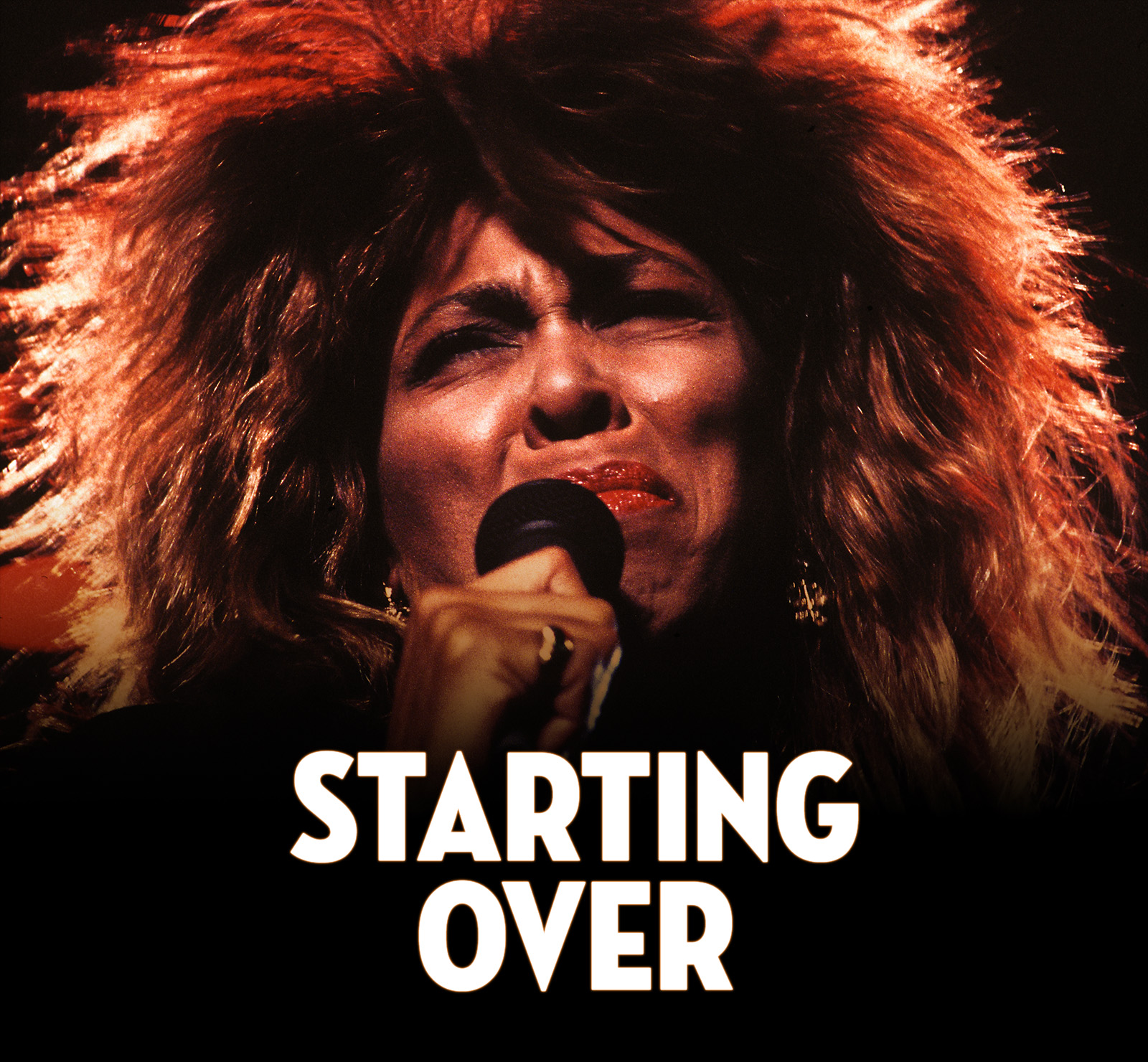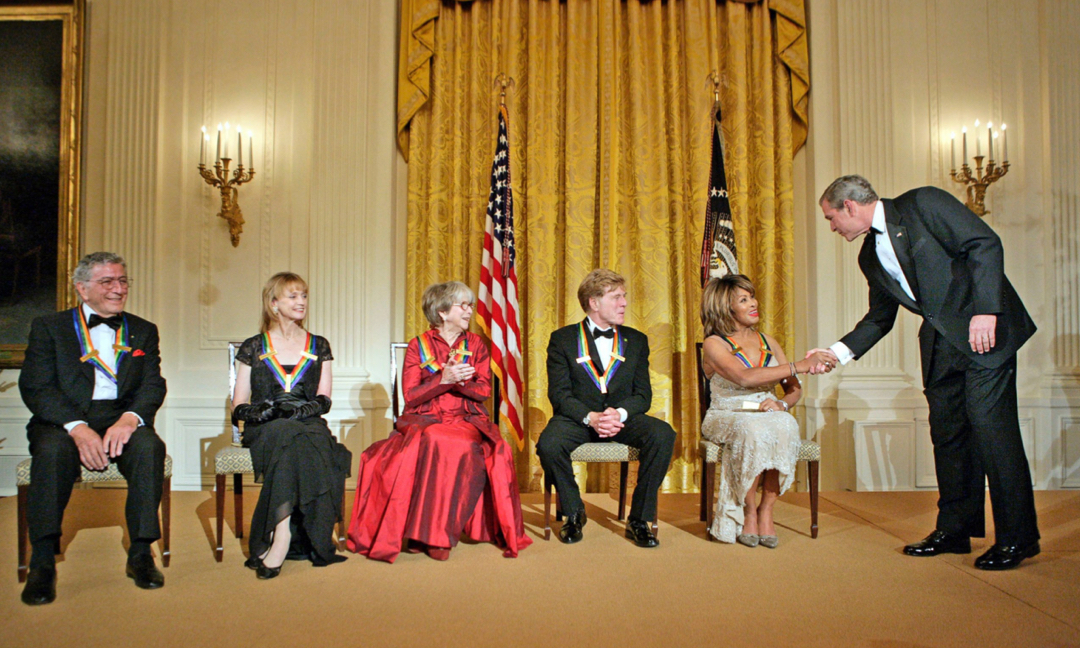
From growing up in “a little old town in Tennessee” where folks “go to town on Saturday, but go to church every Sunday” to becoming one of the most iconic performers in the world, Tina Turner’s life story perfectly embodies the rags to riches narrative that is emblematic of the American Dream. However, to suggest that her life played out like a fairy tale would be to ignore the countless trials and tribulations that she overcame throughout her life. “You’re talking about a farm girl who stood in the fields, dreaming, years ago,” she said in 1986. “But if I had been that kind of person, do you think I could sing with the emotions I do? You sing with those emotions because you’ve had pain in your heart.”

Anna Mae Bullock was born in 1939 in Nutbush, Tennessee, a rural, unincorporated community in Haywood County with a population of 259. Despite the odds, one of those 259 persevered to become “The Queen of Rock ‘n’ Roll.”
“I loved being a country girl,” she said in her memoir Tina Turner: My Love Story. “My father was the overseer at a farm and my parents left me at home while they went to work in the fields.” However, while she has fond memories of her childhood, it was also marred by heartbreak. By the time she was thirteen, both of her parents had abandoned her, a fact she faced with an unusual nonchalance. “My parents weren’t mine, and I wasn’t theirs, really, so when they left, it was as if they had always been gone as far as I was concerned,” she told Rolling Stone.
Following the departure of her parents, Bullock began living with her grandmother and working for a white family, the Hendersons, doing baby-sitting and housework. For the first time, she caught a glimpse of functional family life. “I saw love in the Henderson household. They were very affectionate. They were always like a couple who were really in love…Mrs. Henderson was my role model,” she recalled. Following the death of her grandmother, Bullock left her small town life behind and moved to St. Louis, where she reconnected with her estranged mother. It was also in St. Louis where she would form another relationship that would inalterably change the course of her life forever, for better and worse.

As a teenager still in high school, she immersed herself in the city’s vibrant local R&B scene, especially the East St. Louis establishment Club Manhattan. It was here that she first witnessed the band Ike Turner and the Kings of Rhythm. The 24-year-old bandleader and rock ‘n’ roll pioneer was sharply dressed and largely irresistible to most women because there was a dangerous air about him, but Bullock was not initially impressed. “Ike wasn’t conventionally handsome,” Tina would say, “Actually, he wasn’t handsome at all – and he certainly wasn’t my type.” However, his music did capture her and over the course of a year the two became familiar. “One day, the drummer came up and set the microphone down in front of me, and I started singing. Well, when Ike heard me, he rushed over to me and said, ‘Girl, I didn’t know you could sing!’”
In 1958, she sang on her first record, Ike Turner’s “Boxtop” under the name Little Ann. Soon after, Bullock moved into Turner’s East St. Louis home, and their relationship turned romantic. In 1960, in a studio to record “A Fool in Love,” Ike called upon Anna Mae when the original vocalist fell out. The song went on to reach number two on the Billboard Hot R&B chart and climbed to number 27 on the Hot 100, in what music writer Kurt Loder described as “the blackest record to creep into the white charts since Ray Charles’ ‘What I’d Say.’” Juggy Murray, the head of Sue Records, paid Ike $25,000 for the song and told him to make “that girl” the star of his act.

Recognizing his partner’s potential as a star, Ike turned the Kings of Rhythm into the Ike & Tina Turner Revue. “So he said to himself, ‘Okay, I’ll change her name… right there in the title (of the group), so she doesn’t exist without me,” Tina recalls. “And ‘Turner,’ my new last name, implied that we were married, which, of course, we weren’t. He actually registered a trademark on the name… so it belonged to him, not me. With those two words, I became Ike’s property.”
The Ike & Tina Turner Revue became one of the most potent live acts on the R&B circuit. Early songs like “It’s Gonna Work Out Fine,” “I Idolize You” and “A Fool in Love” became high points in the development of soul music. They began to create rearrangements of earlier rock hits like “Come Together,” “Honky Tonk Woman,” and, of course, Creedence Clearwater Revival’s “Proud Mary.” The song won them a Grammy Award in 1972, forever popularizing the phrasing, “we neva eva do nothing nice and easy… we always do it nice and rough.” “River Deep – Mountain High,” produced by Phil Spector, was recorded and released in 1966 in the U.K., after failing to gain traction in the U.S. It hit number 3 in Britain, and was then released in the U.S. in 1969. In the album’s liner notes, Spector included the line “We can only assume that England is more appreciative of talent and exciting music than the U.S.” The single led to a UK tour with The Rolling Stones.

For about fifteen years, the Ike & Tina Turner Revue, with dance and vocal backup by the hand-selected Ikettes, maintained a grueling performance schedule, including one-nighters in clubs, international tours, and U.S. coliseum dates. They also began headlining casinos in Las Vegas. Shows near Tina Turner’s birthplace included 1964 and 1970 shows at Club Handy near Beale Street, and larger concerts in 1970 and 1974 at the Mid-South Coliseum. But while their career was skyrocketing, their relationship was in sharp decline. In 1976, while en route to a performance in Dallas, they engaged in a physical altercation in a limousine. Once Ike fell asleep, after arriving at the hotel, Tina ran… to survive. She filed for divorce, citing irreconcilable differences, and later attesting to abuse throughout the marriage. In the settlement, she gave Ike their studio, publishing company, real estate and cars. She retained royalties for the songs she had written, some belongings and, perhaps most importantly, her stage name.


Prior to their separation, Tina’s career had already been showing some separation from Ike. She had earned her first solo Grammy nomination at the 12th Annual Grammy Awards for “Best R&B Vocal Performance, Female,” and in 1974 she recorded her first solo album, “Tina Turns the Country On!,” for which she earned another Grammy nomination. In 1975, she captivated audiences as the Acid Queen in the rock opera Tommy. However, establishing herself as a solo artist would prove to be yet another hurdle in her life. According to Tina, she had “36 cents and a gas station credit card” in the aftermath of her breakup and had to resort to cleaning houses and playing in seedy low-profile venues.
Her career resurgence began slowly with cabaret shows in Las Vegas and income-earning television show appearances on programs including The Hollywood Squares, Donny and Marie, The Sonny & Cher Show and The Brady Bunch Hour. She also began to tour with Rod Stewart, The Rolling Stones and Chuck Berry, reintroducing audiences to the newly liberated Tina. After recording a cover of The Temptations’ “Ball of Confusion,” she filmed a music video that aired on the newly launched MTV video channel, making her one of the first African American artists to gain video airtime. By methodically rebuilding her career in her own image, Tina Turner had set herself up for one of the greatest comebacks in music history.

In 1983 Turner signed with Capitol Records and recorded a cover of “Let’s Stay Together” by fellow Hall of Fame inductee Al Green, which brought her back into the top five of the R&B charts. The following year, her comeback would come into full fruition with the release of her fifth solo album “Private Dancer,” which included the mega hits “What’s Love Got to Do with It,” “Better Be Good to Me,” and the title track “Private Dancer.” The album proved to be both a critical and commercial success, catapulting Turner to new heights of stardom. Turner’s comeback was made official in 1985 when she carried home four Grammy Awards, including Record of the Year for “What’s Love Got to Do with It.”

Unsatisfied, she turned her solo success into a concert tour filled with sold out arenas, a contribution to the USA for Africa benefit song “We Are the World,” and an appearance with Mel Gibson in the film Mad Max Beyond Thunderdome, which included two songs for the film, including “We Don’t Need Another Hero” and “One of the Living.” Somehow, she found the time to release more critically acclaimed albums including 1986’s “Break Every Rule,” 1988’s “Tina Live in Europe,” and 1989’s “Foreign Affair,” which included the hit single “The Best.” By the decade’s end, she had sold two hundred million records and earned twelve Grammys. Not too shabby for a girl from Nutbush.

In 1991, Ike & Tina Turner were inducted into the Rock and Roll Hall of Fame and their singles “Proud Mary” and “River Deep – Mountain High” were inducted into the Grammy Hall of Fame. Two years later, she published her autobiography, “I, Tina,” which would later be adapted as the 1993 film “What’s Love Got to Do with It,” starring Angela Bassett in the role of Tina. Throughout the decade, she continued to release original recordings, including several songs for film soundtracks, including the James Bond title song “Goldeneye,” a U.K. top 10 hit. Today, the “Queen of Rock ‘n’ Roll” enjoys retirement in Switzerland. Her musical “Tina! The Tina Turner Musical” opened for a seven month run on Broadway in NYC on November 7, 2019… the night before she was inducted into the Memphis Music Hall of Fame.

Be the first to add your voice.